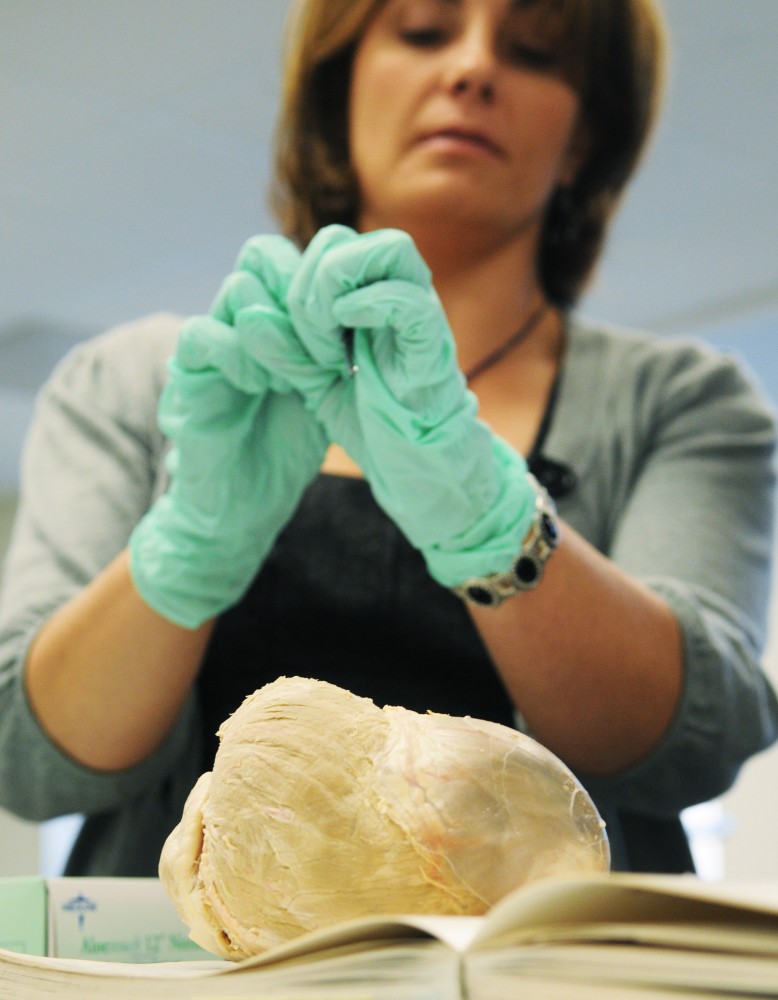It was a coincidence that Homecoming this year fell on the same weekend as Halloween. It was no coincidence, however, that the University of MinnesotaâÄôs mortuary science program celebrated its 100th anniversary on Saturday , The celebration had multiple events, ranging from a tour of an embalming laboratory to a museum of old artifacts related to the mortuary science program . Michael LuBrant , the director of the mortuary science program, said the celebration was intended to be on Homecoming day, but an added bonus came when Homecoming was right after Halloween. In 1908, the UniversityâÄôs mortuary science program was a six-week plan that cost each of the 16 students $45. Today, the four-year degree program has more than 50 members, LuBrant said. Emily Brost , a second-year mortuary science student, she said she takes more than just embalming classes in the program. âÄúIâÄôm taking business law, funeral law and small business management classes,âÄù she said. Brost is also part of the Mortuary Science Student Association , which was reinstated this semester after being out of commission. Because of that, Brost said, the group is still setting things up. âÄúItâÄôs been discussed to visit nursing homes and trail doctors,âÄù she said. Thomas Lync h, a poet, essayist and funeral home director, came to speak and sign books Saturday afternoon. He was excited to speak at the celebration, he said. âÄúThe University of MinnesotaâÄôs mortuary program is one of the oldest in the country and one of the finest,âÄù he said. Elaine Challacombe , curator at the Wangensteen Historical Library of Biology and Medicine , helped put together many of the artifacts and books that were featured in the library. One of the items on display was a âÄúdeath maskâÄù of the grandfather of retired mortuary science professor Claus Pierach . Death masks are wax or plaster molds of a personâÄôs face taken right after death . Challacombe said Pierach has his death mask on display in his house, which is greeted with mixed reactions. She said this is because society has changed from earlier times, when death masks were more common. LuBrant said mortuary culture isnâÄôt the only thing thatâÄôs changed. He said turning from a six-week program into a four-year program is important. âÄúA lot of change,âÄù he said. âÄúA lot of good, important things are going on.âÄù
Mortuary Science program celebrates 100 years

Image by Marija Majerle
Mortuary science faculty member Angie Macarthur uses a plasticized human heart to describe the organ’s anatomy Saturday at the 100th anniversary celebration of the University’s mortuary science program in Jackson Hall. The celebration featured multiple events, including a tour of an embalming laboratory and a museum of artifacts related to mortuary science.
Published November 2, 2008
0

